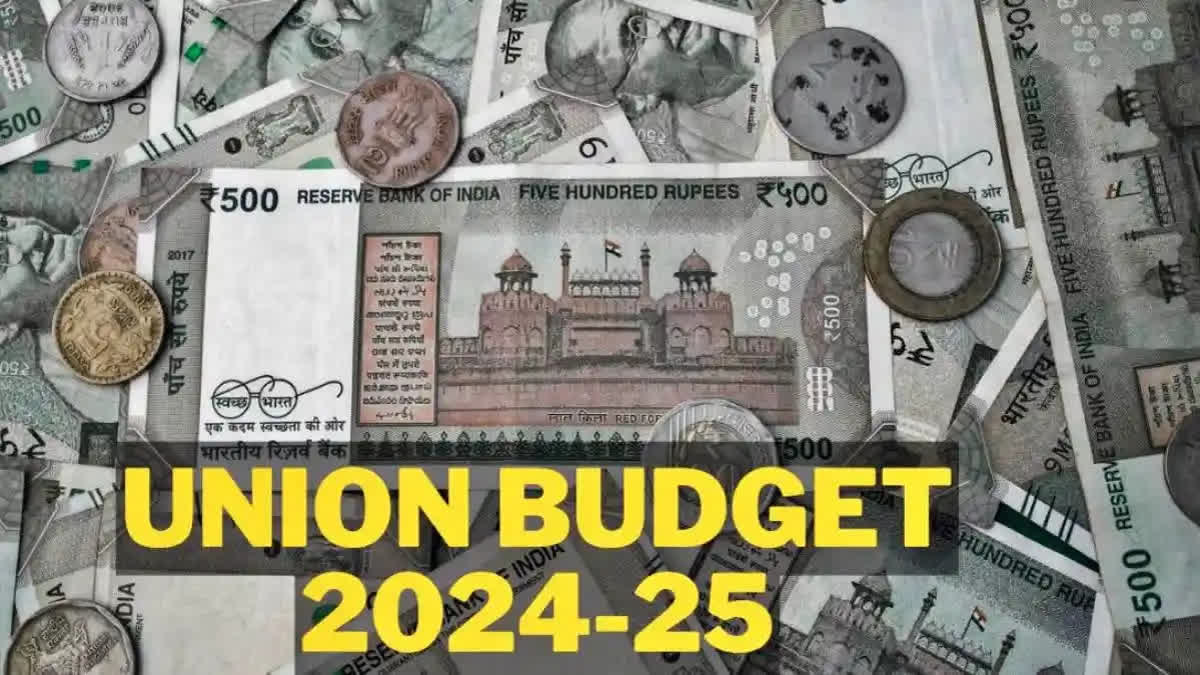Hyderabad: The Constitution provides for three important accounts and funds where all the money received by the Government of India, or held by it in trust, is kept.
These are the Public Account of India, Consolidated Fund of India, and Contingency Fund of India. All these three accounts and funds draw their existence from various provisions of the Indian Constitution.
While all the money received by the Government of India, all the loans raised by it or all the money recovered by the Government of India against the loans given by it are kept in the Consolidated Fund of India, all the money held by the Government of India in trust are kept in the Public Account.
The Public Account of India draws its existence from Article 266 of the Constitution of India.
Which funds are kept in the Public Account of India:Provident Funds, Small Savings collections, and Receipts of the Government of India which have been kept aside for expenditure on specific objects such as road development, primary education, other Reserve and Special Funds are some of the examples of kind of funds kept in the Public Account of India.
However, some of these funds do not belong to the Government of India and they have to be finally paid back to the depositors such as depositors of small saving schemes.
These Public Account funds that do not belong to the Government and have to be finally paid back to the persons and authorities, who deposited them, do not require Parliamentary authorisation by way of a vote in the Lok Sabha for their withdrawals. However, the approval of the Parliament is obtained when the money is withdrawn from the Consolidated Fund of India and kept in the Public Account of India for expenditure on specific objects.
The actual expenditure on the specific object is again submitted for a vote of the Parliament for withdrawal from the Public Account for incurring expenditure on the specific objects.
- Consolidated Fund of India
The Consolidated Fund of India (CFI) also draws its existence from Article 266 of the Constitution as is the case with the Public Account of India. All revenues received by the Government, loans raised by it, and also receipts from recoveries of loans granted by it, together form the Consolidated Fund of India.
All expenditure of the Government of India is incurred from the Consolidated Fund of India and no amount can be drawn from the Consolidated Fund of India without the due authorisation from the Parliament.
- Contingency Fund of India
The Contingency Fund of India owes its existence to Article 267 of the Indian Constitution. It authorises the creation of a Contingency Fund of India which is an imprest placed at the disposal of the President of India to allow the Government of India to meet urgent unforeseen expenditure pending authorisation from the Parliament.
If there is an urgent requirement for which no demand for grant was submitted to Parliament in a budget such as some of the expenditure incurred by the Government during the outbreak of the Covid-19 global pandemic in early 2020, then the Government of India can withdraw money from Contingency Fund of India and Parliamentary approval for such unforeseen expenditure is obtained, ex-post-facto.
However, an equivalent amount is drawn from the Consolidated Fund to recoup the Contingency Fund after such ex-post-facto approval. The corpus of the Contingency Fund as authorised by Parliament presently stands at Rs 30,000 crore.
